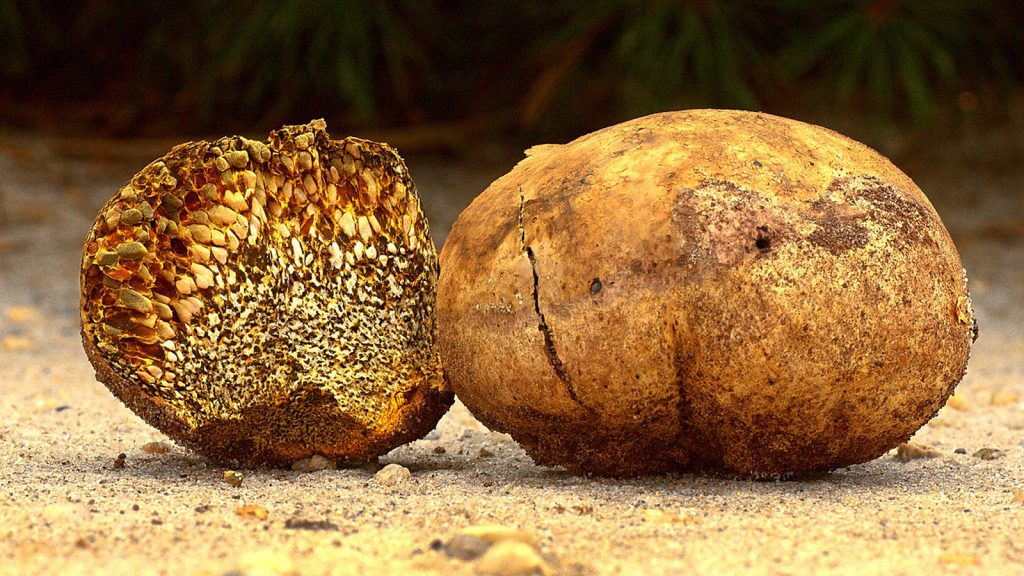Introduction
How to Grow Truffle, The Black Gold
Truffles, sometimes known as “black gold,” are a delicacy extensively sought after by chefs and food fans globally. These unusual and tasty mushrooms grow underneath and establish a symbiotic relationship with specific roots of trees. Although truffle growing might looks like a difficult task, it can be rewarding if you’re willing to put in the effort and time required. This piece will look through every aspect of growing truffles, from choosing the right spot and tree to gathering these rich buried gemstones.
Select the Best Location
- The first step on how to grow truffle, the black gold is to choose the ideal spot. Truffles flourish in climate-related and ecological conditions unusual to where they grow. Temperate climates with moderate winters and warm, dry summers are ideal. The recommended range of pH for truffle growing is 7.5 to 8.5. To prevent flooding and decay of roots, soils that are loamy with adequate drainage must be used.
Pick the Best Tree Species
- Truffles develop a mutually beneficial relationship with the root systems of specific tree species and are known as home trees. Oak, beech, pine, and hazel nut are some of the most popular host trees. Every truffle variance has a particular favorite tree. Research the truffle type you are interested in growing so that you pick the correct tree.
Truffle Tree Planting is a secret on how to grow truffle, the black gold
- Typically, truffle farming starts with the sowing of saplings or small trees. Specialized nurseries provide seeded saplings of trees containing truffle eggs attached to the root.
- Transplant your trees at the ideal depth while, they have ample sunshine for their growth.
Inoculation with Truffle Spores
- An essential stage in truffle growth is inoculating the tree’s roots with truffle spores, the method entails inserting truffle spores in the rooted structure of a new tree. This creates a parasitic connection between the tree’s roots and the truffle fungus. This could be achieved by mixing truffle larvae and water and distributing both substances to the roots upon planting, or inserting a suspension of spores inside the tree base.
Time and Patience
- Growing truffles is a laborious technique. Care and patience are needed because the truffle fungus can require several years to successfully infiltrate the roots of a tree. The first truffles can take anywhere from 3 to 8 years, and sometimes a longer, based on the truffle variety and their surroundings.
Maintenance is essential
-
To guarantee the continued prosperity of your truffle orchard, you need to give constant and thorough attention. Watering regularly over dry spells, is necessary in retaining the moisture in the soil without creating water stagnation. Control of weeds is essential since weed battles for water and nutrients with truffle trees. Contemplate nourishing your trees using suitable organic ingredients to encourage robust development.
Analysis of Soils and Trees
- Regular soil and plant assessment is crucial to determine the well-being of the truffles crop. Testing the soil assists in keeping track of perfect pH and levels of nutrients, while tree testing helps one to keep track of the well-being of your tree trees, and the presence and growth of truffle fungus in the plant’s root system.
Encourage Mycorrhizal Connections
- Truffles and their host trees establish a mycorrhizal association whereby they transfer water and nutrients. Having a diverse and thriving environment near the truffle crop is vital for maintaining this connection. Stay away from chemicals and pesticides which are toxic to fungus as well as helpful microbes in the soil.
Truffle Picking
- Lastly, a particularly enjoyable time has arrived, the arrival of the truffle harvest. According to the kind and the environment, truffles are typically prepared for picking between the end of summer to the beginning of winter. This calls for carefully collecting the truffles via carefully scooping around the bottom of the trunk with a tiny hoe. Be careful not to injure the fragile truffles all through the making process.
Conclusion
Growing truffles may be an enjoyable and prosperous activity, but it requires devotion, endurance, and a thorough grasp of the symbiotic relationship between truffles and the surrounding trees. You can grow the extremely popular “black gold” and add elegance to food from all over the world by selecting the perfect site, tree type, and growing techniques.
Also learn on best chicken breeds for laying eggs.

